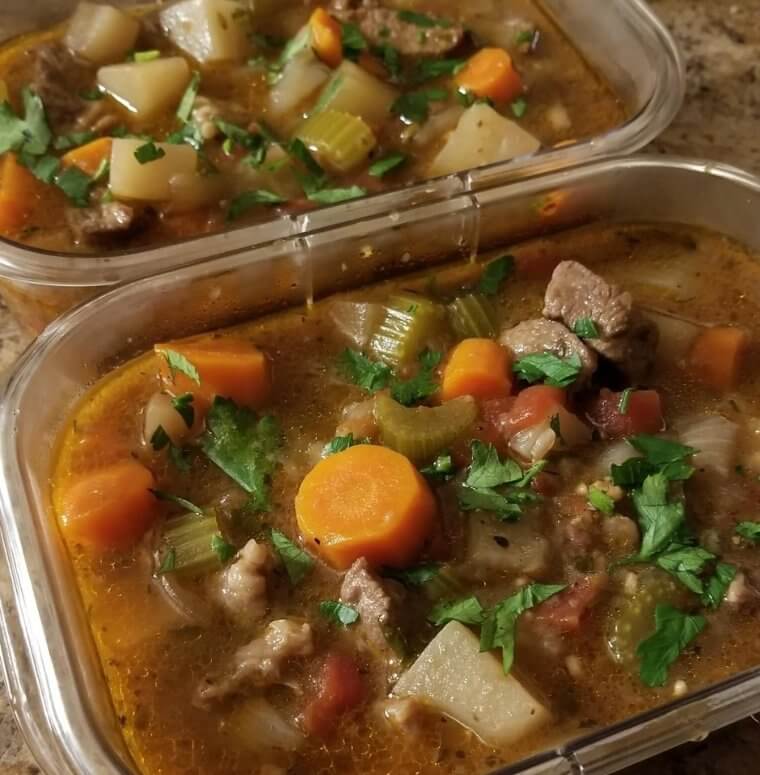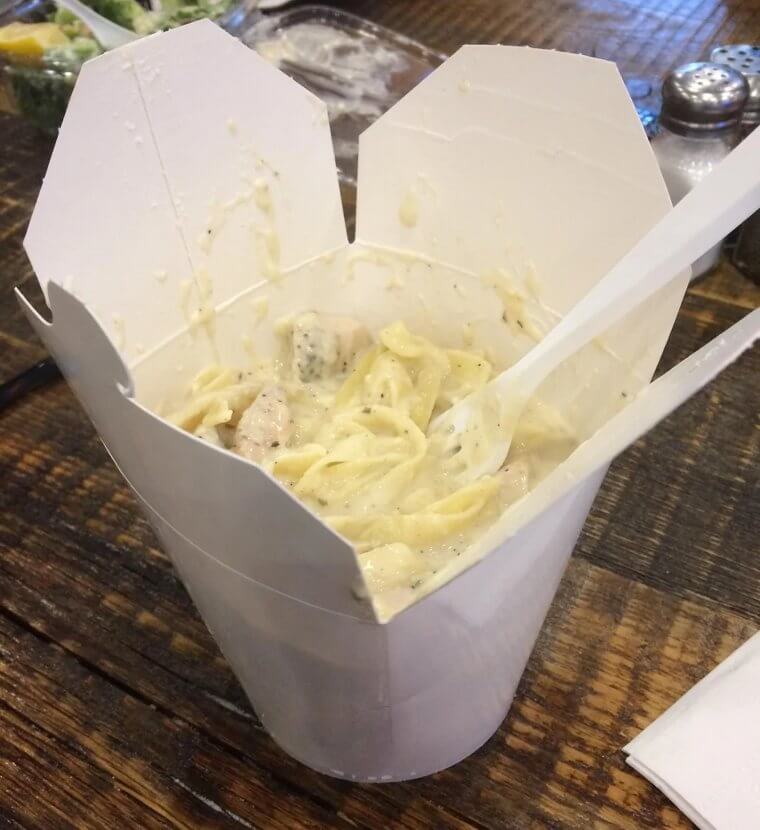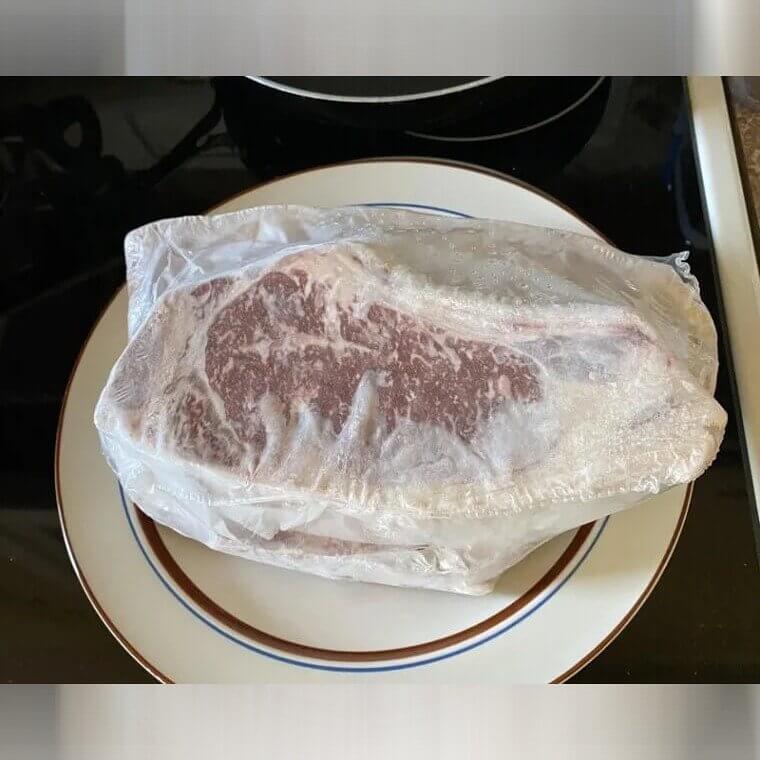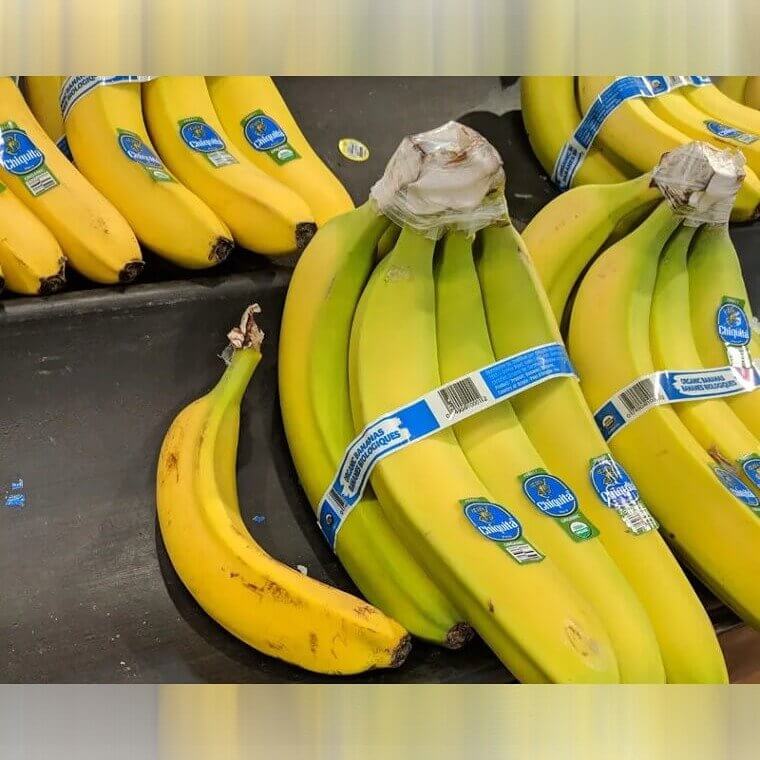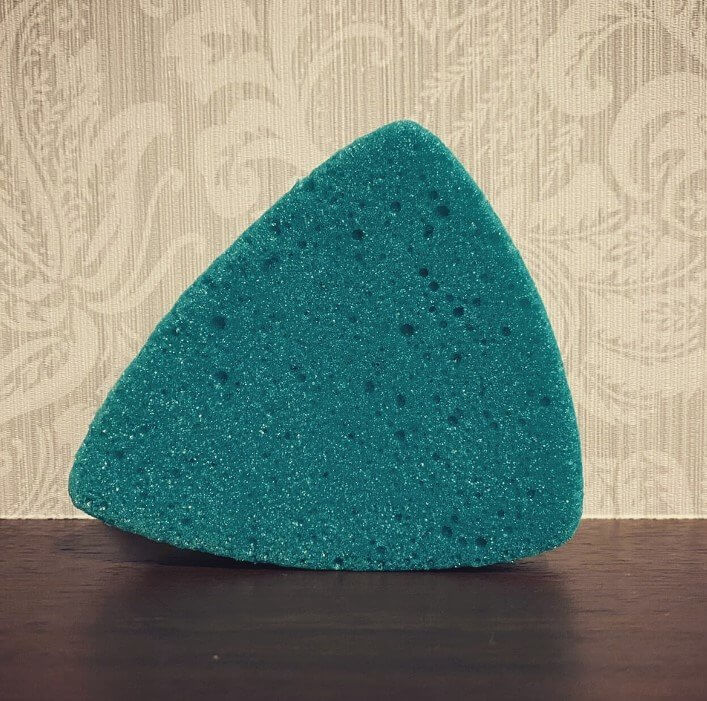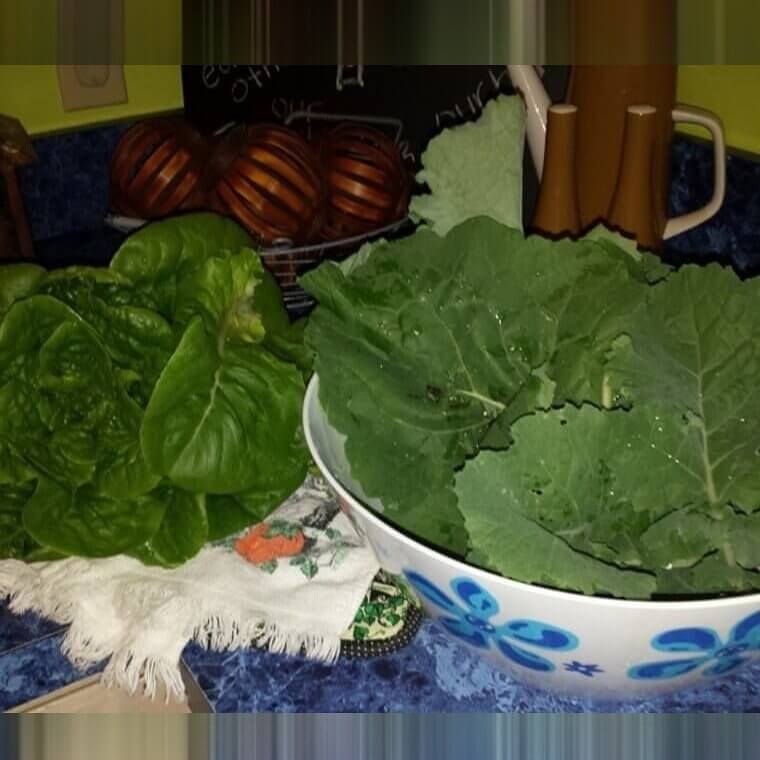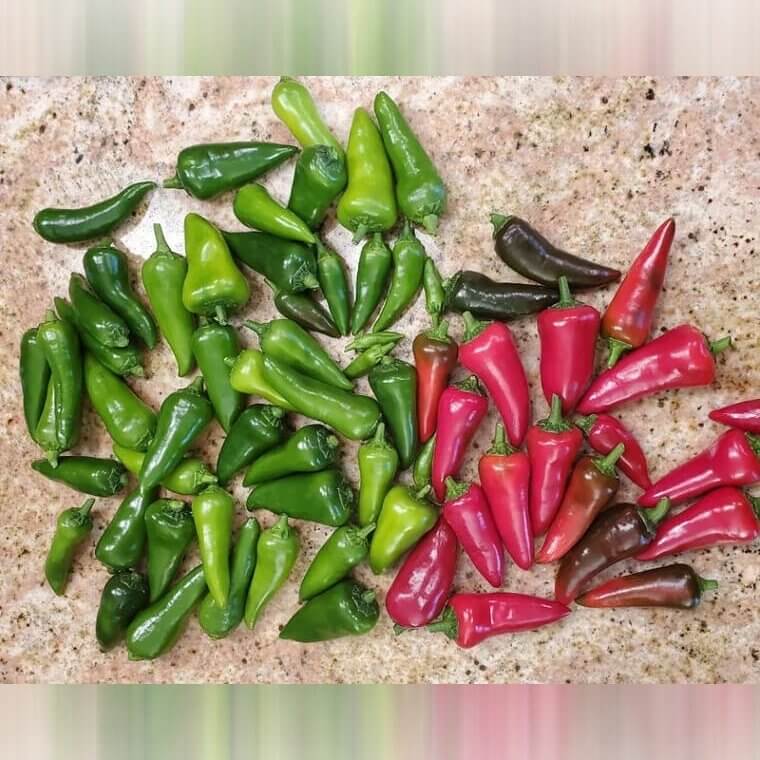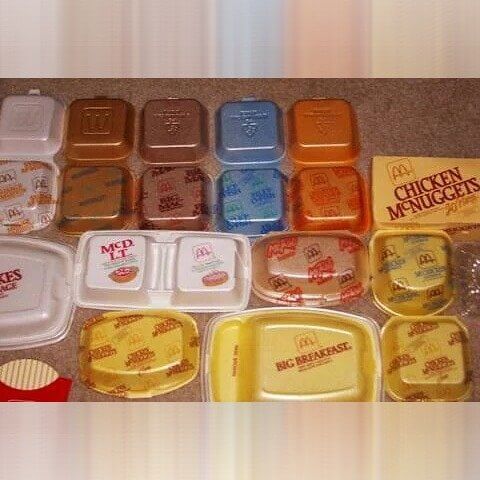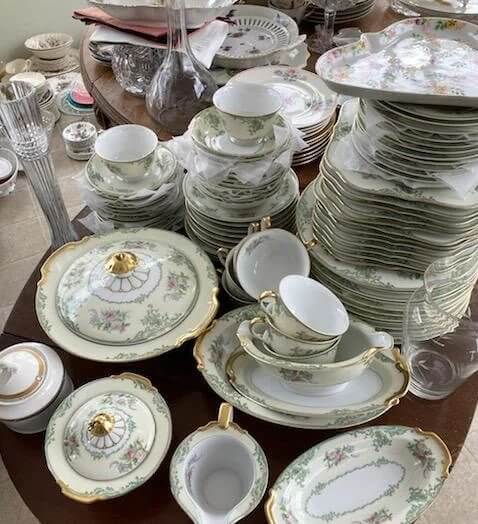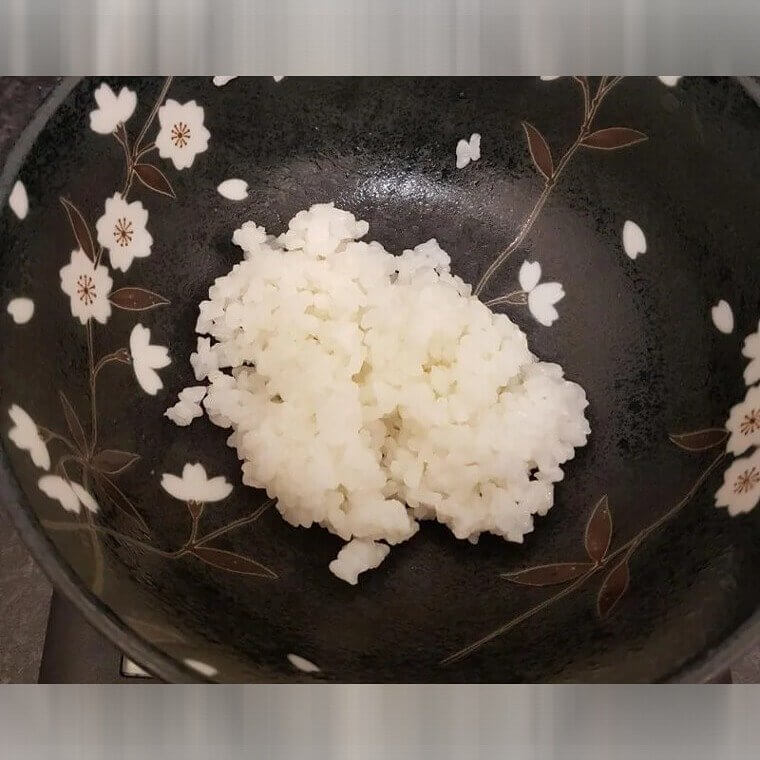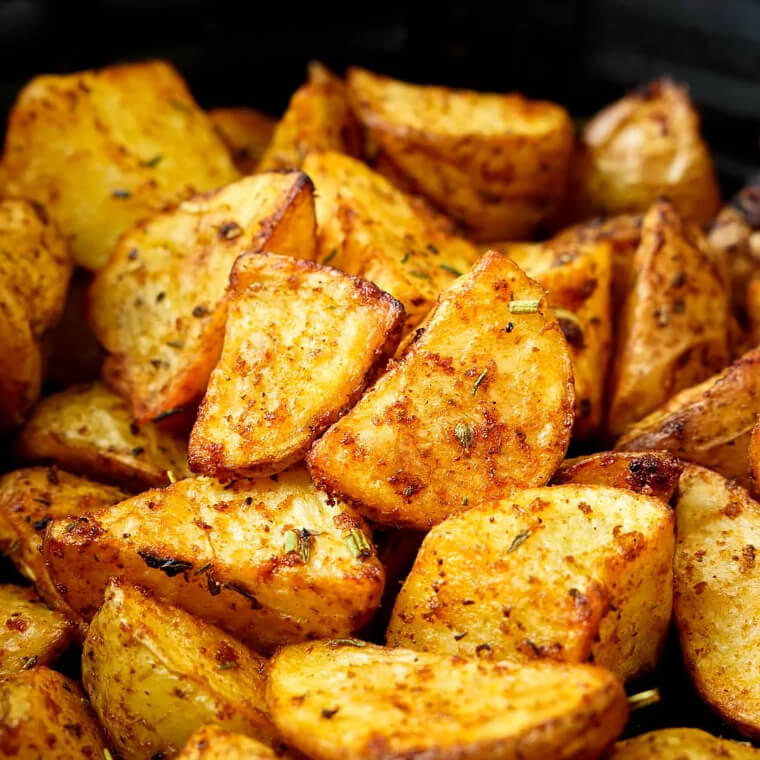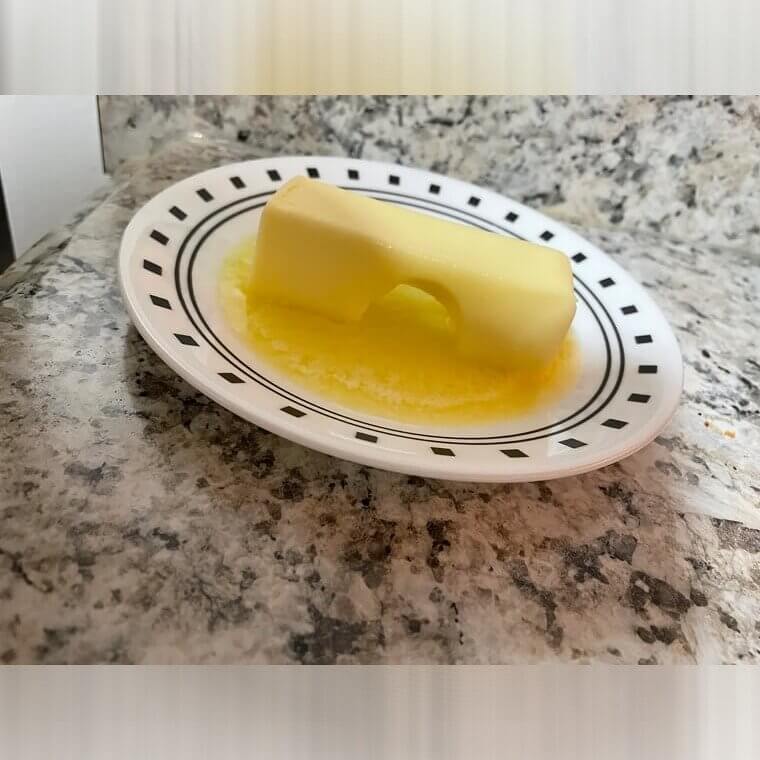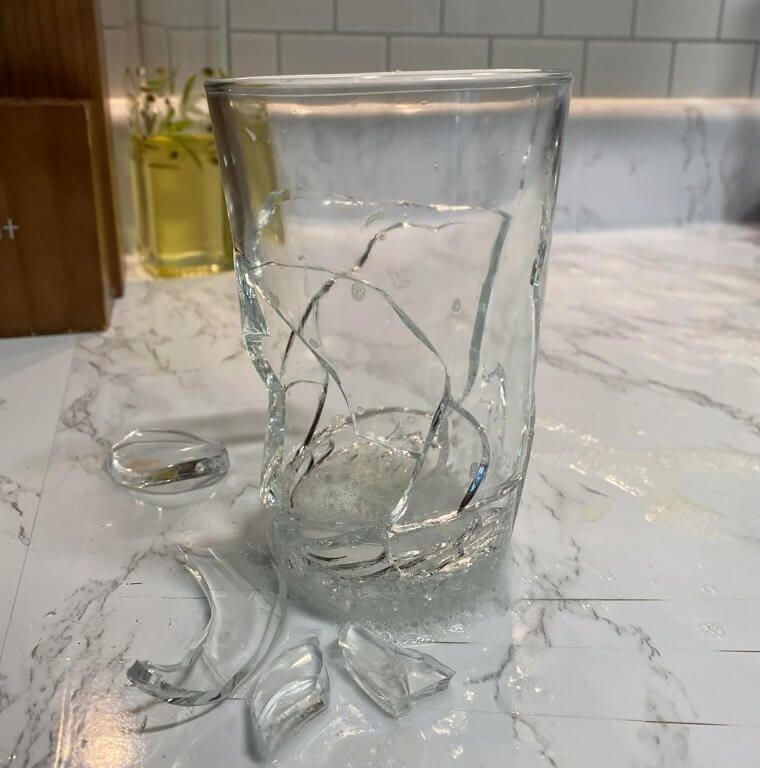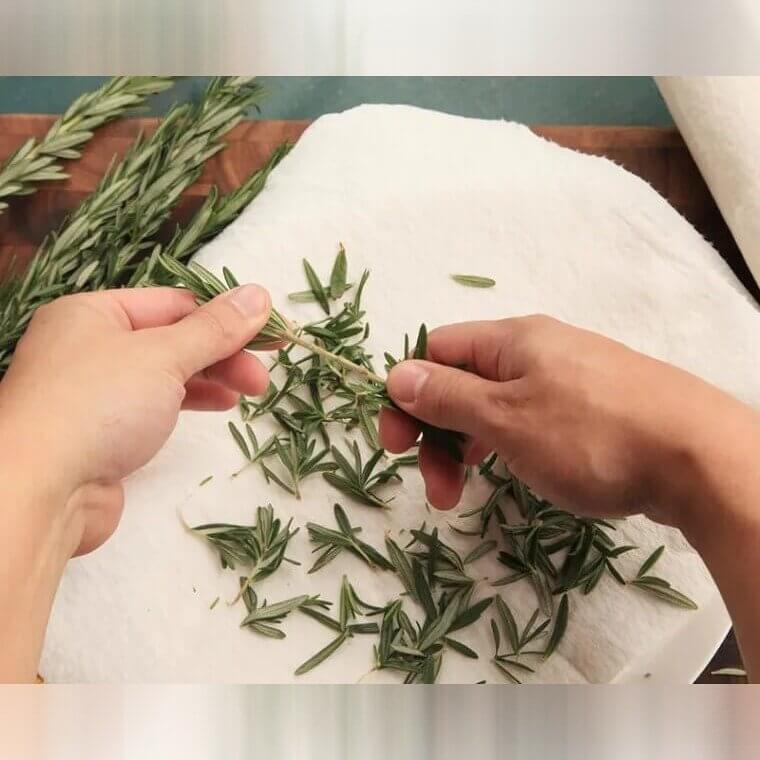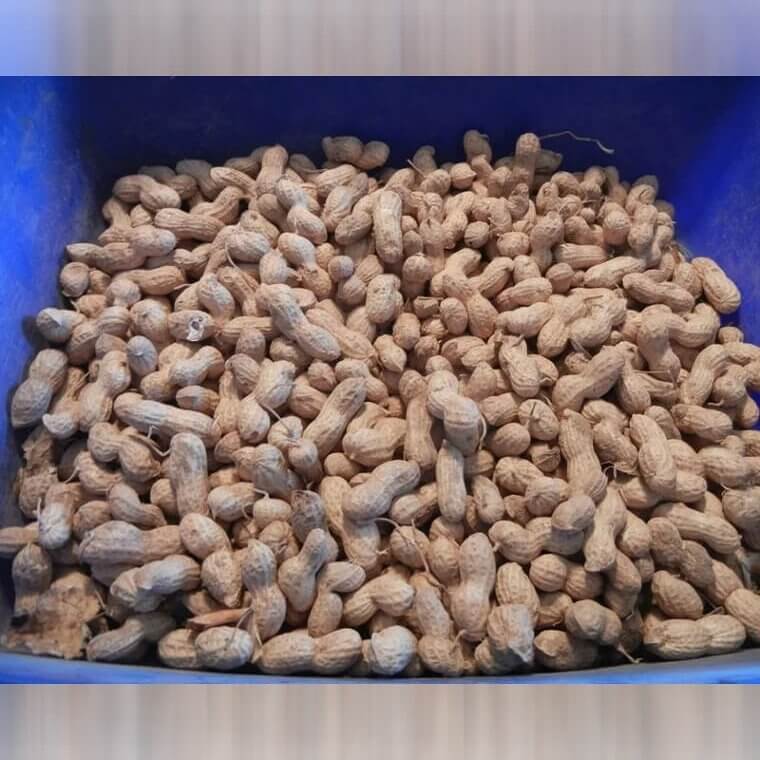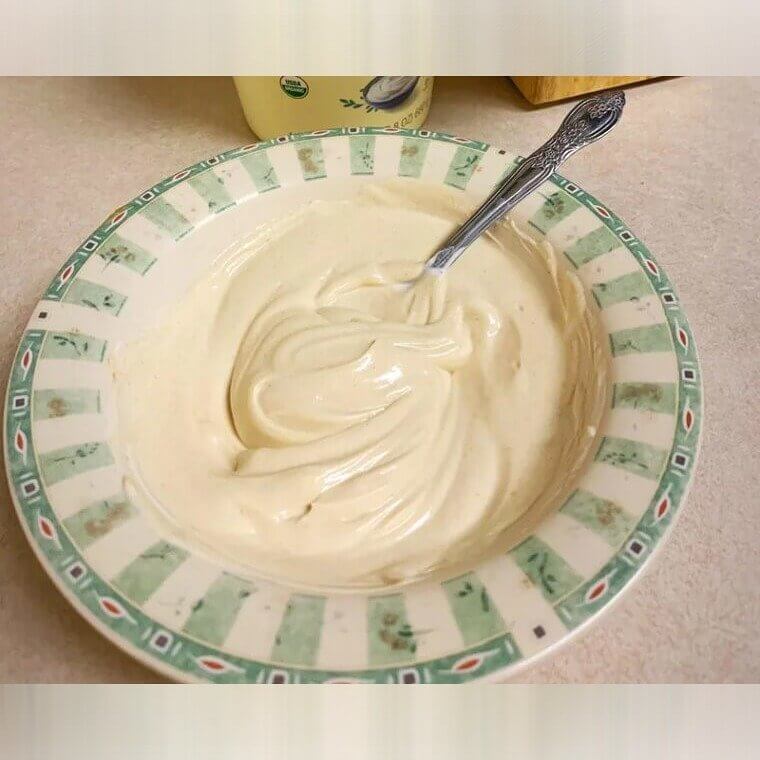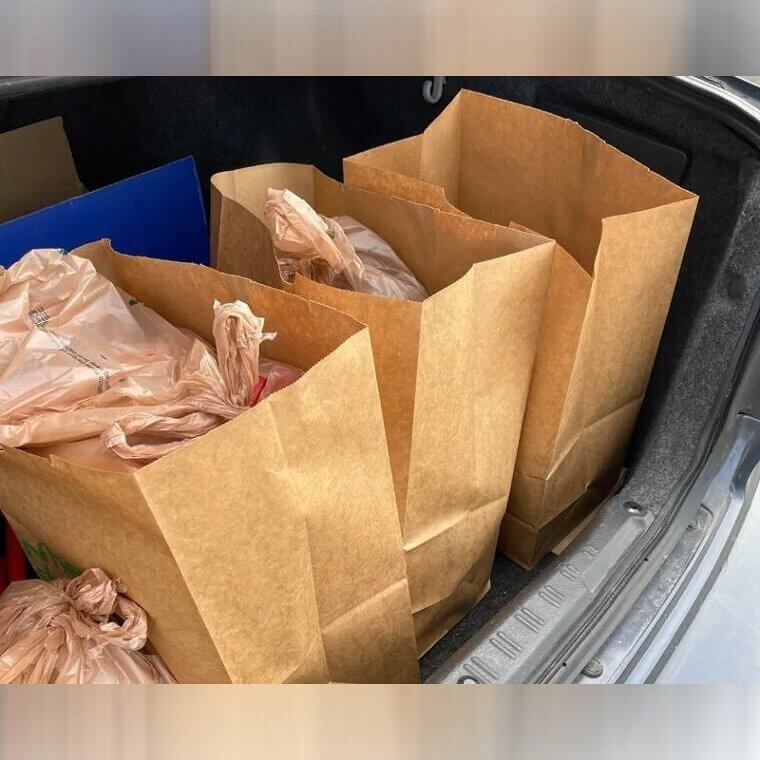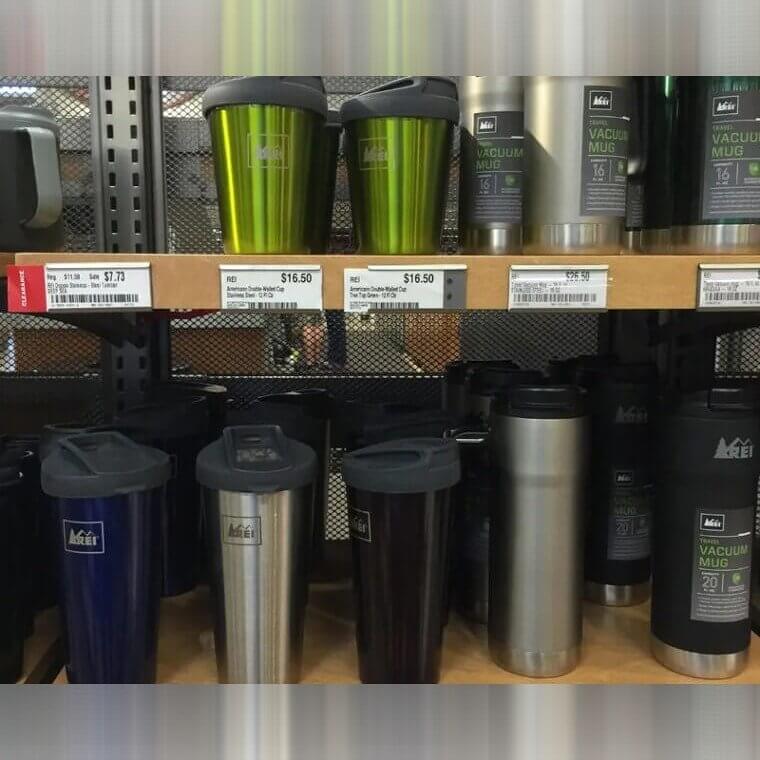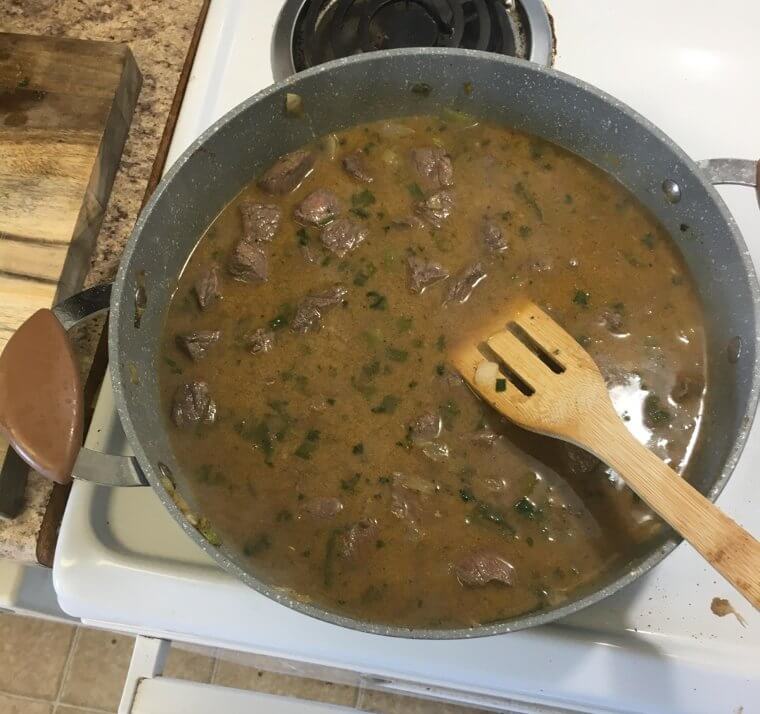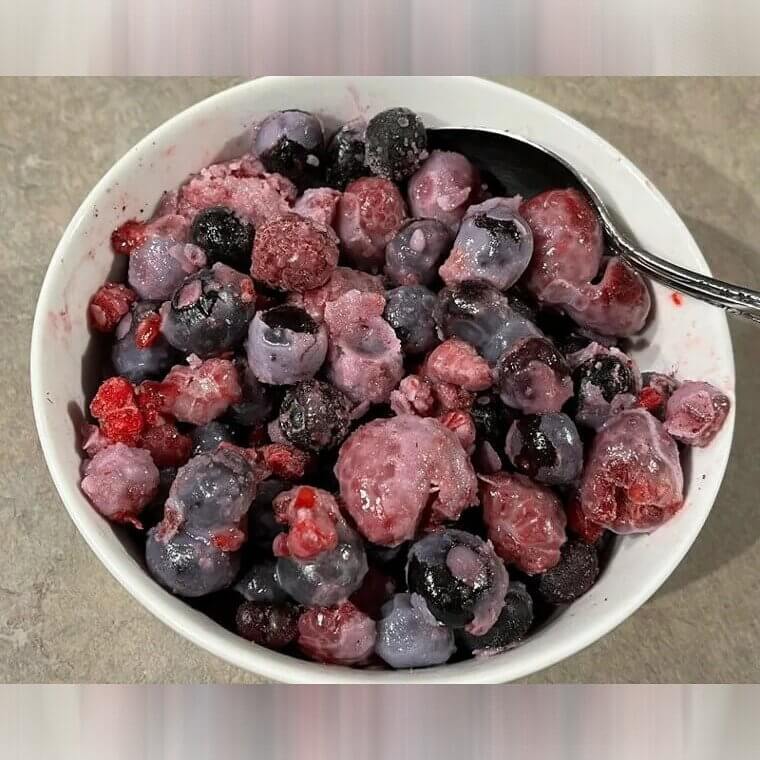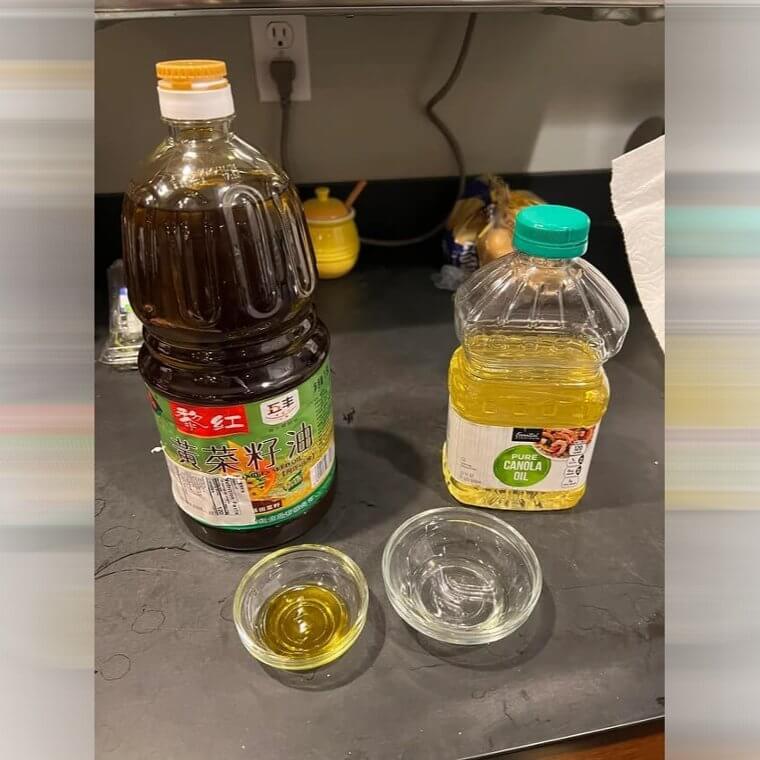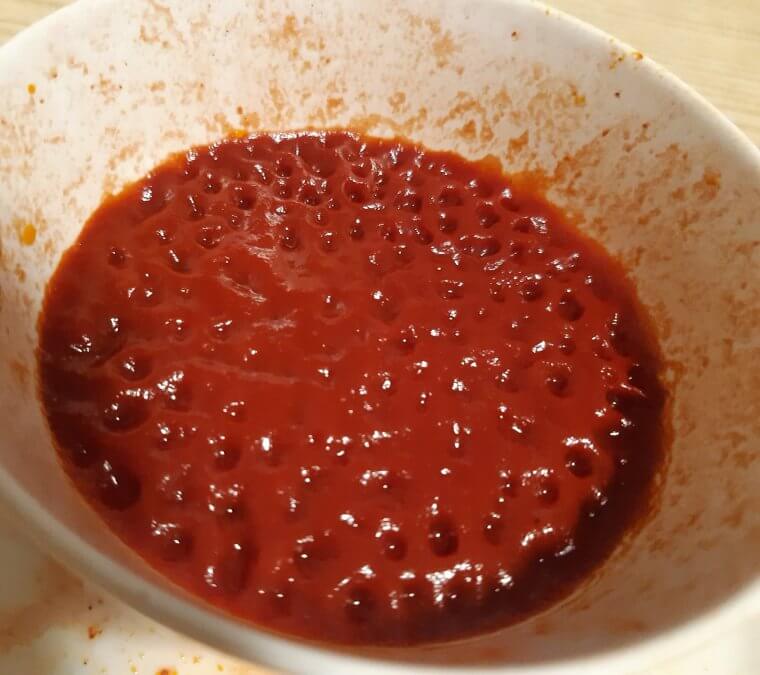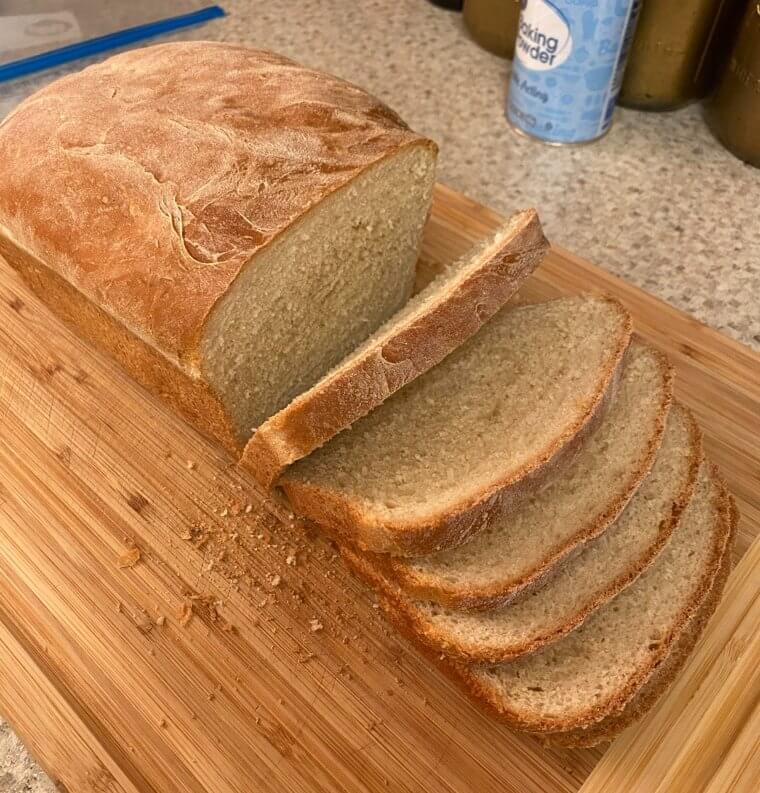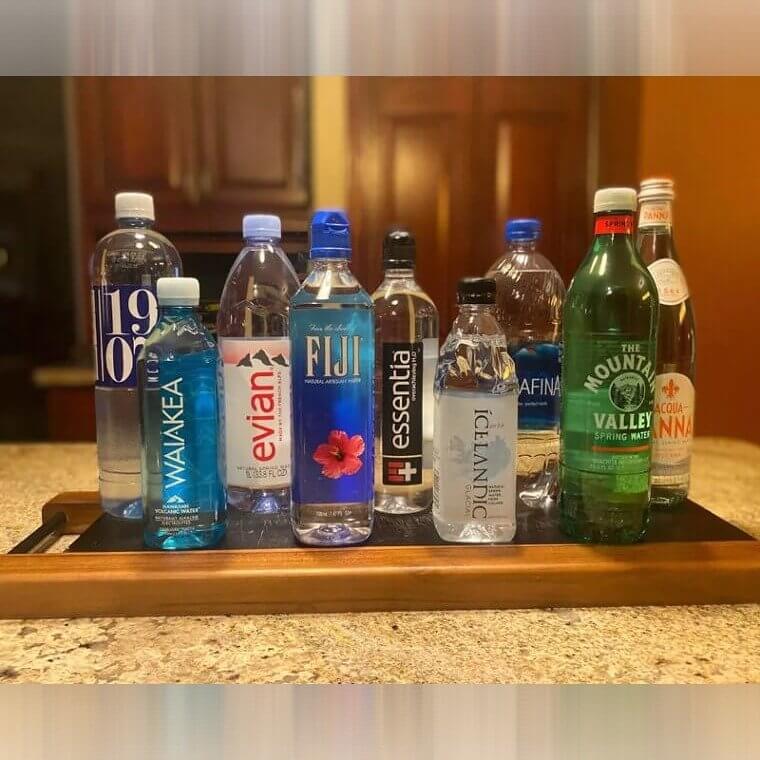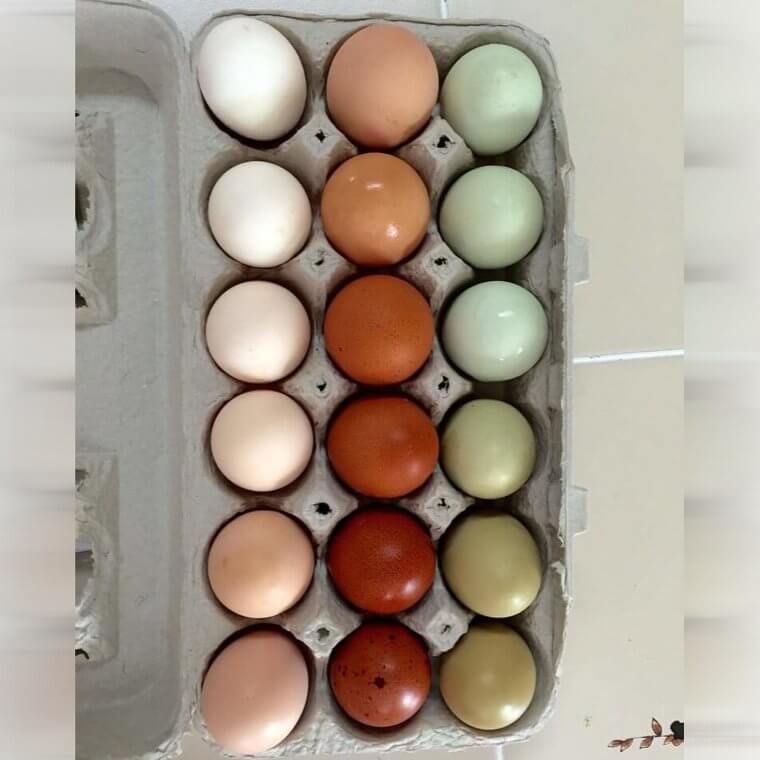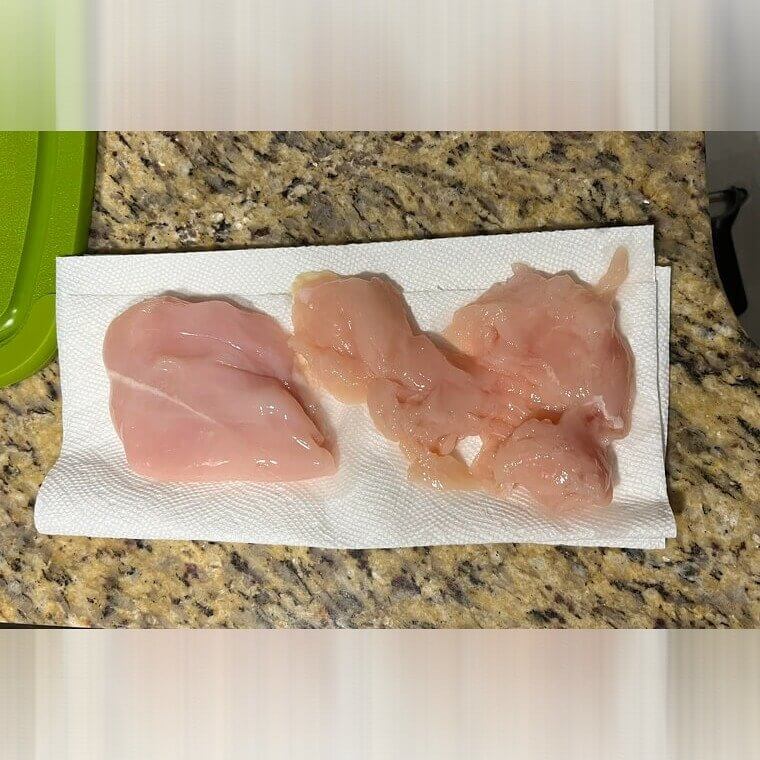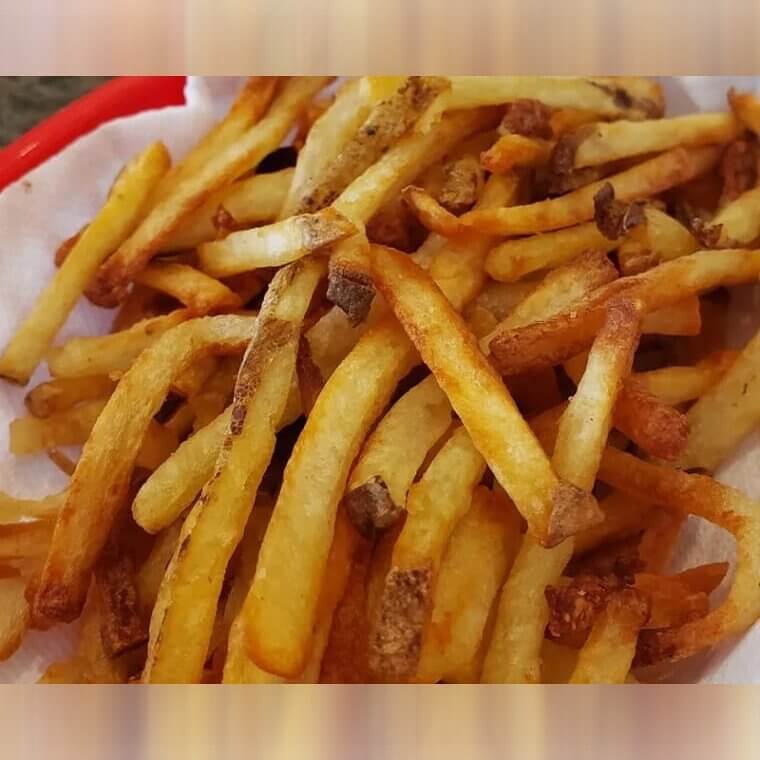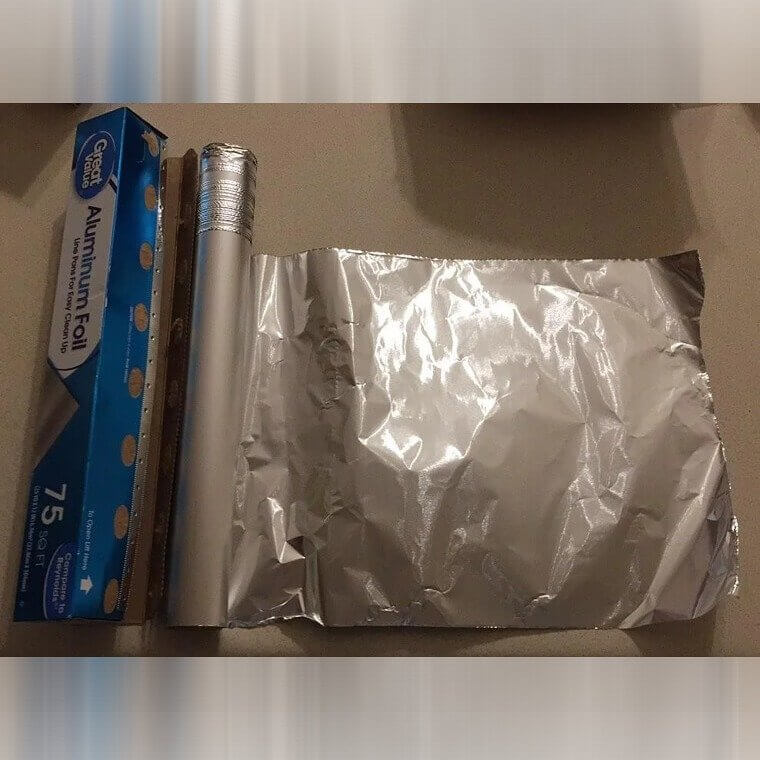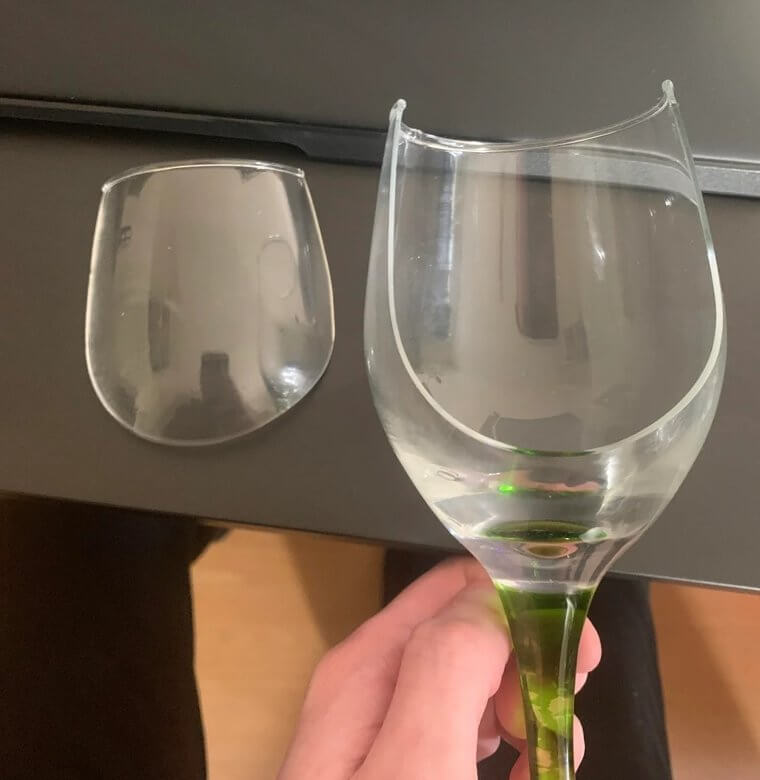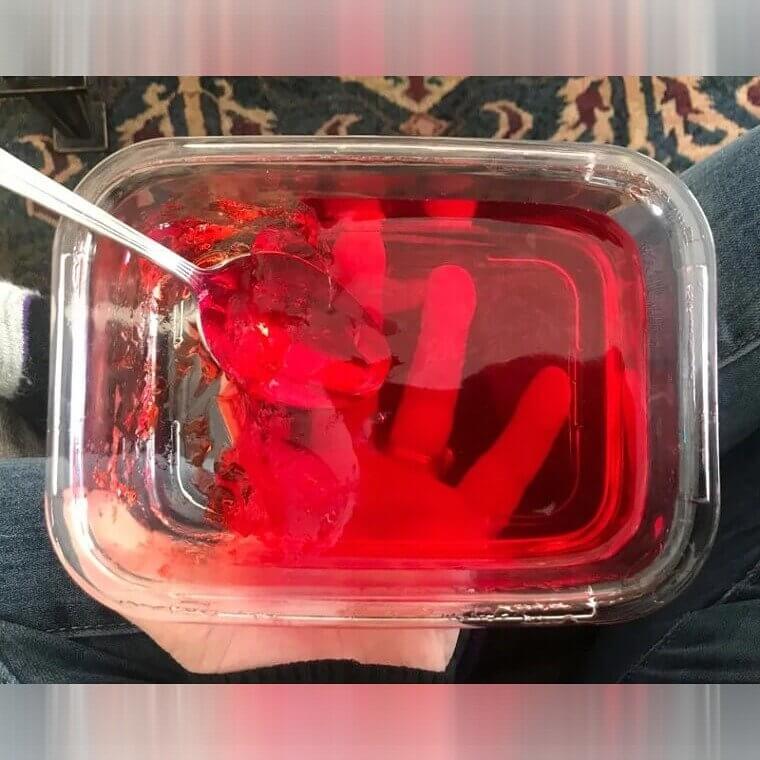Continually Reheating Leftovers Can Cause Food Poisoning
This is a pretty common one. A lot of people will generally reheat all of their leftovers in a microwave when they want to have a meal. This is actually kind of dangerous, especially if those leftovers contain meat. Reheating food and then sticking it back in a fridge when you're done can encourage bacteria to grow and cause food poisoning. It's best to just reheat a smaller portion and leave the rest of the dish in the fridge.
That way you're not constantly reheating and cooling the entire dish. This also helps cut down on the loss of nutrients that typically happens when you reheat using a microwave.
Be Careful When Reheating Chinese Takeout
On the list of most reheated takeout food, Chinese is probably right up there with pizza. However, you should be careful when reheating Chinese takeout in your microwave. Most of the containers it comes in have small metal handles on the inside that are sometimes hard to see. Metal doesn't do very well in a microwave, and you're likely to see some sparks flying once things start to get hot.
It's better just to put it on a plate and reheat it that way, but there's another reason you should be careful when reheating Chinese takeout, which we'll get to in a second.
Defrosting Meat In A Microwave Can Cause Bacteria To Grow
Defrosting anything in the microwave can sometimes be a little sketchy, but you definitely want to avoid defrosting red meat in the microwave. Most people defrost meat the day before they want to cook it and that's for good reason. Defrosting meat in a fridge allows it to defrost gradually and evenly while doing so in a microwave can encourage the growth of bacteria and leave you with food poisoning.
If you're in a bit of a hurry, then you can leave it out at room temperature for a couple of hours before you go to cook it, but you need to make sure it's fully defrosted before cooking.
Onions Can Absorb Toxins From Your Microwave
Onions and microwaves don't really pair that well together. In fact, Onions don't pair well with refrigerators either, and we'll explain why. It turns out that onions are really good at absorbing toxins from the air around them. So, when you reheat an onion, or a dish with onions, in the microwave, not only does it dry out and lose its taste, but it's also probably soaking up any toxins lingering in your microwave.
Onions do the same thing when placed in a fridge. They can lose their taste, dry out, and tend to suck up harmful toxins hanging out in your refrigerator.
Bananas Can Explode If Put In A Microwave
Okay, we're not actually sure why someone would want to put a banana in a microwave, but to each their own. We just thought this was an interesting little tidbit. Bananas can actually catch fire if you try and heat them up in a microwave. It's rare, but it's thought that a waxy coating used by some companies to keep bananas fresh for longer causes them to catch fire if heated in a microwave.
Again, it's rare, but it's still something you should be aware of if, for some reason, you ever decided you wanted to heat up your banana in a microwave.
Microwaves May Not Kill All The Bacteria On A Sponge
There is this one hack that states microwaving a kitchen sponge can remove all of the bacteria on the sponge and leave it almost as good as new. However, it turns out that not everyone agrees that this hack actually works. A lot of the sources that disagree say that while microwaving a sponge does kill a lot of the bacteria on it, what's usually left is the worst bacteria, which then has more space to grow.
It's better to just be safe and toss out your old sponge or clean it using bleach or some other type of antibacterial. The last thing you want is food poisoning from a dirty sponge.
Leafy Greens Can Explode When Microwaved
Okay, so "explode" might be a bit extreme, but leafy greens have been known to spark pretty wildly when heated in a microwave. The jury is still out on exactly why this is, but according to NPR, it could have something to do with all of the iron stored in leafy greens. These include things like kale, spinach, green beans, and even carrots. There are a couple of other theories, but those get a bit complicated.
All you need to know is that you need to be careful when putting greens in a microwave. One solution is to use a microwave-safe steam basket to reheat vegetables.
Peppers Can Release Vapors When Microwaved
If you've ever eaten a really hot pepper and then accidentally rubbed your eyes, then you know how careful you need to be when handling them. It's for a similar reason that you usually don't want to use a microwave to heat up your peppers. Doing so can cause the pepper to release the very same vapor that causes it to be so hot and leave you with watery eyes.
The last thing you want is a really irritating pepper vapor hitting you directly in the face right after you open your microwave door. Oh, and did we mention they can also explode in the microwave?
Microwaving Processed Meats Potentially Makes Them More Dangerous
It's pretty much common knowledge that processed meats aren't the best thing for your body. They're thought to contain a lot of carcinogens. However, it turns out that microwaving them can make them even unhealthier for you. This is because of all the preservatives used in processed meats. It's thought that heating these up in a microwave can cause something called cholesterol oxidation, which has been linked to heart disease.
Heart disease kills around 695,000 people every year in the U.S. That's one in about every five deaths, according to the CDC. So, it's best to play it safe on this one.
Styrofoam Releases Toxic Chemicals When Microwaved
You'd think this one would be quite obvious, but we're sure most of us have done this at least once in our lives. Microwaving food in a styrofoam container can cause the styrofoam to release toxic chemicals, which then contaminate our food. Basically, it'll leave you eating melted plastic and you don't have to be a scientist to know that probably isn't great for your health. And yes, that goes for paper plates, as well.
It's just another reason to ditch one-use plastics entirely and go back to using dishes. But whatever you do, avoid microwaving your food while it's in a styrofoam container.
Reheating Mushrooms Can Cause Bacteria To Grow
Like a lot of other foods on this list, reheating mushrooms using a microwave isn't always advised. Bacteria tend to grow on mushrooms after they've been reheated using a microwave. However, there is a way to combat this. You just need to make sure you stick the mushrooms in a fridge not long after they've been cooked the first time, according to Mashed. You also want to make sure you're storing them correctly before cooking them.
If you don't store them properly after cooking, then it can lead to a breakdown of the proteins in mushrooms, which in turn encourages the growth of bacteria.
The Metal In China Makes It Ill-Suited For Microwaves
If you've ever put a plate in a microwave and watched it spark up like a firecracker, then you know that you have to be careful about what kind of dish you put in a microwave. This is basically the same reason you never want to put a piece of fine china in a microwave. A lot of china is made with metal inlay, which might look good but isn't suited for a microwave.
On top of that, china tends to be pretty thin, which can also cause it to crack if it's heated up in a microwave. That is, if the sparkling doesn't immediately cause you to switch everything off before then.
Rice Can Be Toxic If Reheated In A Microwave
There are a couple of different health concerns most people need to be aware of when it comes to rice, but one of the most important is that rice can become toxic if left out for too long. That's because there's a certain type of bacteria that clings to rice and that's killed when it's boiled. However, leaving your rice out too long and then reheating it using a microwave can cause you to become sick.
You generally want to make sure that you stick your rice in the fridge at least an hour after it's been cooked if you plan on breaking it out later for a meal.
Reheated Potatoes Can Cause Botulism
Potatoes might seem like a really easy dish to work with, but it turns out that you actually need to be quite careful when it comes to reheated potatoes. A bacteria called Clostridium botulinum likes to grow on potatoes that have been cooked, even if they're stored in a fridge. When reheated and consumed, this bacteria can cause something called botulism, where your nervous system starts to shut down.
It's rare, but it's still a pretty serious condition that can be fatal. So, when in doubt, just play it safe and skip the reheated potatoes entirely. It's worth noting that potatoes cooked in foil are much more likely to contain the bacteria.
Microwaving Tea Can Ruin It
Quickly sticking your cup of tea in the microwave if it's gone cold before you can drink it might sound pretty tempting, but it might leave you disappointed. Microwaving tea can cause it to start to brew, which in turn can cause it to turn bitter. Because of the way that a microwave heats things up, your tea might come out hot on the outside but cool towards the middle.
In short, it's often a better idea to just go and brew another pot or cup if you're really craving some tea. Nobody wants to drink a really bad-tasting cup of tea.
Coffee Doesn't Do Well When Reheated In A Microwave
If you're a coffee drinker, then you probably have a certain way you like your coffee and when it's done any other way, it's hard to drink. Coffee is just one of those things that can be done in a lot of different ways. But no matter how you like your coffee, you're unlikely to like it when it's been reheated using a microwave. That's because it tends to turn really bitter when reheated.
In addition, it can come out weaker and taste like it's a little burnt, which nobody wants. The better choice is to just grab a new cup and avoid the dissapointment.
Microwaved Butter Can Melt Unevenly
Most of us immediately turn to our microwaves when we have to melt butter, but this is definitely not the best way to melt your butter. That's because a microwave can cause butter to melt unevenly, which causes the fat and oils to separate. If you're cooking with butter then you're doing it for that special taste that only butter can add to a dish. Luckily, there's another super simple way to melt butter.
You can place it in a container over some boiling water; just make sure that the container is safe for heating up, and you're good to go. This will also allow you to see the butter melt and judge for yourself when you want to take it off.
You Need To Be Careful When Microwaving Corn
There are a ton of different ways to cook that perfect piece of corn, but sadly none of those ways involve a microwave. It might be tempting to cook corn in a microwave since it's fast, but it often leaves corn super dry when it comes out. To be clear, you can certainly microwave corn and sometimes, that might be the better option if you don't have time to boil it.
However, boiling is usually going to leave you with better-tasting corn. Leaving the husk on and then throwing it on the grill is also a really great option if you have time.
Avoid Putting Cracked Dishes In The Microwave
This is one that we weren't actually aware of before putting together this list. You should never put cracked dishes in the microwave. It doesn't matter how small the crack actually is, it's not going to be safe. Microwaving a dish with a crack in it can cause the dish to completely shatter, leaving you with a microwave full of glass shards that you have to somehow clean up.
It's good to note that this rule also applies to dishes that might've been considered microwave-safe before they developed a crack. It doesn't matter how thick or thin the glass.
Drying Herbs In The Microwave Can Potentially Cause A Fire
There are a lot of resources online that say drying herbs in a microwave is a great choice if you don't feel like leaving them out in the sun. And for the most part, those sources aren't wrong. You can totally dry herbs in a microwave if you use a paper towel. However, it's worth mentioning that you should use some caution when using a microwave to dry out herbs.
There are some stories out there about microwaved herbs drying out to the point that they catch on fire, so it's best to keep a close eye on them while you're doing it.
A Microwave Can Turn A Cookie Into A Brick
It's hard to beat freshly baked cookies right out of the oven. So, you might feel tempted to heat up cookies in the microwave from time to time. Don't do it. It'll just leave you sad and disappointed. Trust us, we have firsthand experience. That's because a microwave tends to pull all of the moisture out of cookies and leave them super hard by the time they're done warming up.
The better option is to put them back in the oven and turn it on low in hopes you can recreate that out-of-the-oven freshness, but even this is unlikely.
Remember To Shell Peanuts Before Microwaving
If you're ever in the mood for roasted peanuts, it turns out that a microwave isn't a bad option. That is as long as you remember to shell your peanuts before you throw them in the microwave. You should also put them inside a container. There are a couple of different how-tos online, but one of the tastier sounding involved adding butter. If you use an oven, then the shell shouldn't be an issue.
Also, you could always consider boiling your peanuts and adding some red pepper flakes to make them a little spicy, which is our personal favorite way to eat peanuts.
Microwaving Yogurt Kills The Good Bacteria
There are a couple of dishes out there that call for warm yogurt, but it's generally not a great idea to warm yogurt using a microwave. Doing so tends to kill the good bacteria in yogurt. In addition, it can cause it to curdle and begin to separate, which is definitely not something you want. If you really want to warm some yogurt up, it's best to do it one the stove.
You should also probably keep an eye on it while it's warming just to make sure it's not getting too hot and curdling. Another option is to use warm water to heat.
Paper Bags Tend To Catch On Fire When Microwaved
Not microwaving your paper bag might seem pretty obvious at first, but we're not actually talking about the brown paper bag you might get at the grocery store, (but don't microwave those either). Sometimes, you might get a sandwich or something from a deli that comes wrapped in paper. In that case, make sure to take the paper off before throwing it in the microwave or else it might catch fire.
You don't want to come back to your microwave and learn you might have to break out the fire extinguisher when all you really wanted to do was enjoy a delicious sandwich.
Exploding Grapes Is A Thing If Microwaved
Unlike some of the other exploding foods on this list, grapes actually do kind of explode if they're put in a microwave. That's because they release some kind of plasma when exposed to microwaves. That plasma turns out to be somewhat combustible. The same thing applies to raisins, so be sure to avoid sticking those in the microwave as well if they're on a salad or something you want to heat up.
You should still be okay if you use a stove and want to make a stew or something, as it's just the type of heating grapes have an issue with.
Avoid Microwaving Your Travel Mug
It might be tempting to throw your travel mug filled with coffee in the microwave to heat it up once it's cooled off, but this generally isn't a great idea. A lot of these types of mugs are metal, and we all know what metal does when it's stuck in a microwave. We've never heated up a stainless steel travel mug, but we imagine that there'd be plenty of sparks.
That said, there are probably some out there that are safe to microwave, but remember to double-check if you're unsure. It's better to be safe than sorry when it comes to starting microwave fires.
Remember To Cover Sauce Pots In The Microwave
This really goes for any sauce pot you put in the microwave, but you need to be especially careful when microwaving store-bought sauce pots. If you take the lid off, the sauce tends to get really hot and get all over the inside of your microwave. So, just remember to put the lid back on loosely so that you aren't stuck with a huge mess to clean after the sauce warms up.
You also can't just leave the lid completely on without opening, or the sauce could explode, and you could still be left with a large mess to clean up.
Microwaved Frozen Fruit Can Contain Carcinogens
Okay, we're not food scientists, but we're going to try and explain this one as best and as simply as we can. A lot of frozen fruits contain great nutrients. However, when exposed to microwaves, some of these nutrients can become carcinogenic, which has been linked to cancer. You might be tempted to skip the thawing phase for fruit when you're in a hurry to make a recipe but it's best not to.
Instead, let your fruit thaw at room temperature and keep all of those great nutrients locked in and not turning into cancer-causing carcinogens. You could also thaw under some water.
Be Careful With Microwaving Oils
We're not sure why you might want to microwave oil, as it's just one of those things we've always just assumed was unsafe in a microwave. However, it turns out that it's not really unsafe if it's 100% oil. In fact, it's unlikely to do anything if it's 100% oil. The issue lies in the water that is found in most cooking oils, as a microwave plays with water or moisture to heat food.
Again, we're not sure why you might want to microwave oil, but if you ever find yourself in that spot, just make sure it's 100% oil and you should technically be okay.
Tomato Sauce And Microwaves Don't Mix Well
Odds are you're probably familiar with this one, but tomato sauce usually doesn't do well when heated using a microwave. It's not really unsafe, but it is likely to leave you with a big mess to clean up. So, why not just avoid the mess entirely and heat your sauce up on the stove? It actually tastes a bit better this way too, at least in our own opinion.
If you are in a pinch and need to reheat using a microwave, then just make sure to cover your container so that there isn't a mess after heating.
Microwaves Can Turn Bread To Stone
Microwaving bread might sound like a decent idea, especially if it's been frozen and you just want to quickly bring it back to life. However, if you choose to microwave it, you might just be trading frozen bread for something just as hard. Microwaves tend to pull out moisture, and when used to reheat bread, it'll turn it extremely hard, even if it's not left in there for very long.
A much better option is to stick that bread in your oven and then slowly heat it back up. This will leave it much softer than if you were to use the microwave.
Water Gets Way Too Hot Inside Microwaves
As mentioned in a couple of different items on this list, a microwave plays the water molecules found in food to heat whatever is in it. So, it must work really well to boil water then? Well, you can definitely heat up water inside a microwave. The only problem is that the water is likely going to be way hotter than you need it to be. We mean past the boiling temperature.
Not only will it be way hotter than you want it, but there's going to be a ton of steam coming out, which probably isn't super safe for your microwave or your home.
Eggs Can Combust In The Microwave
While it's probably possible to cook "boiled" eggs in a microwave, you're basically playing with fire, or in this case tiny combustible egg bombs. The moisture inside of the egg is going to create steam when heated in a microwave, which, in turn, doesn't have anywhere to go. What usually ends up happening is the eggs explode and leave a huge mess inside your microwave. It's a better idea to stick with boiled water here.
That said, we have seen recipes using eggs that are totally possible in a microwave. Leaving the shell on when heating is where you tend to run into some trouble.
Cooking Chicken In The Microwave Can Cause Serious Food Poisoning
Of all the things on this list, this one should probably go without saying, but you should always steer clear from cooking chicken in the microwave. Chicken is known for carrying salmonella, and the last thing you want is to get serious food poisoning. And ingesting salmonella will give you some serious food poisoning. Chicken needs to be thoroughly cooked all the way through in order to kill any bacteria in it.
It's also worth noting that while sources differ, some advise against reheating chicken in the microwave. This is for the same reason in that it's hard for a microwave to heat a large piece of chicken all the way through.
Fries Aren't As Good When Microwaved
This one is mostly about personal preference. We know there are some people out there who don't mind or even like when their fries are reheated in the microwave, but for most people, the result probably isn't going to be what you were looking for. We're not food scientists, but for some reason, fries just tend to get really soggy and lose a lot of their flavor when reheated in a microwave.
There's also the possibility that they could make you sick in the same way that reheated potatoes could make you sick, but that mainly applies to fries that are homemade.
Aluminum Foil Can Cause A Fire If Microwaved
This might seem like another obvious item to never stick inside a microwave, but we've all done this at one point or another. Aluminum foil is really dangerous when it's microwaved. That's because it's pretty much just a metal, which means that sparks start flying when it's stuck in a microwave and they aren't sparks of love. They're the type of sparks that can burn your house down if you're not careful.
In fact, just anything made from any type of metal just needs to stay far away from your microwave, which includes things like soup cans and the like.
Thin Glass Can Shatter In A Microwave
Things made out of thin glass don't really tend to hold up well when exposed to extreme heat, whether that heat comes from the microwave or the dishwasher. For this reason, it's advised that you avoid putting thin glassware into the microwave. Luckily, it's pretty easy to tell when something doesn't look like it's safe to heat up, and most dishes these days are microwave-safe unless they contain metal.
It's also worth noting that just because a piece of glass doesn't shatter while it's heating doesn't mean that it won't shatter as it cools, so if you're unsure and already committed, be careful picking it up.
It's Bad To Microwave Nothing
Oh, the irony in this one. It might seem pretty harmless to let your microwave run without anything inside it. And while we're not sure why you would want to do that, we could see someone forgetting to put something in their microwave and turning it on, thinking they were heating something up. Unfortunately, the waves used by a microwave to heat food need to be absorbed by something.
If they're not, then they just end up bouncing back and forth inside the machine and can potentially harm your appliance. They could also cause it to catch on fire.
Cheese Can Turn To Rubber In A Microwave
We don't mean that cheese can turn into actual rubber when heated with a microwave, but it'd have about the same taste and consistency. Granted, different cheese is going to react to a microwave in different ways, but in short, a microwave isn't great at melting cheese. Cheese melts much better in the oven or on the stove, depending on what kind of cheese it is and what you're using it for.
This has something to do with a lack of warm air or circulation, and you could probably melt cheese in a microwave if you added a bowl of water and created steam, but at that point, it's just simpler to use an oven.
Microwaved Jello Could Cause Kidney And Liver Disease
We're sure there are plenty of reasons why you might want to heat up jello, but we're aware of any off the top of our heads. Either way, if you do plan on heating up jello, it's probably best that you skip the microwave. There have been a couple of studies that have found that microwaving jello causes changes to the jello on a structural level. Those changes could have some pretty severe health effects.
One paper by the Weston A. Price Foundation found that microwaved jello was linked to liver and kidney disease. So, just play it safe and reheat on a stove.

